Thoracic/Lumbar Spine Fracture
Thoracic/Lumbar Spine Fracture
David Ray Velez, MD
Table of Contents
Anatomical Columns
Anterior Column: Anterior Half of the Vertebral Body and Anterior Longitudinal Ligament (ALL)
Middle Column: Posterior Half of the Vertebral Body and Posterior Longitudinal Ligament (PLL)
Posterior Column: Facets, Lamina, Spinous Process, and Interspinous Ligament
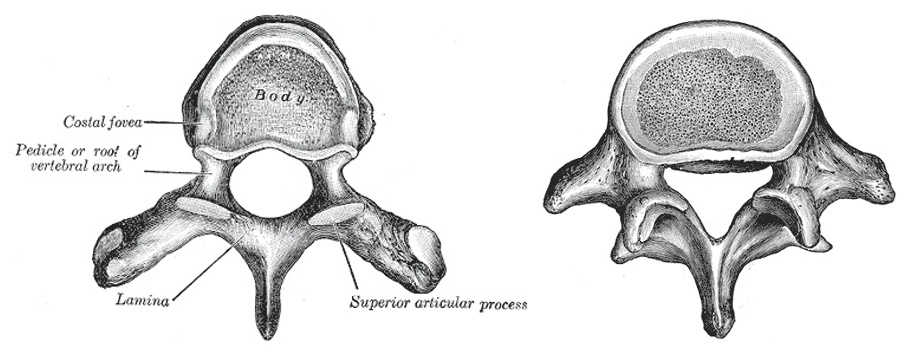
Thoracic (Left) and Lumbar (Right) Vertebrae
Classification
Compression (Wedge) Fracture
- Fracture of the Anterior Column Only
- Cause: Flexion Injury
- A Common “Fragility Fracture” – Fracture After a Low-Energy Impact Such as a Ground Level Fall (Indicating Osteoporosis)
- Generally Stable
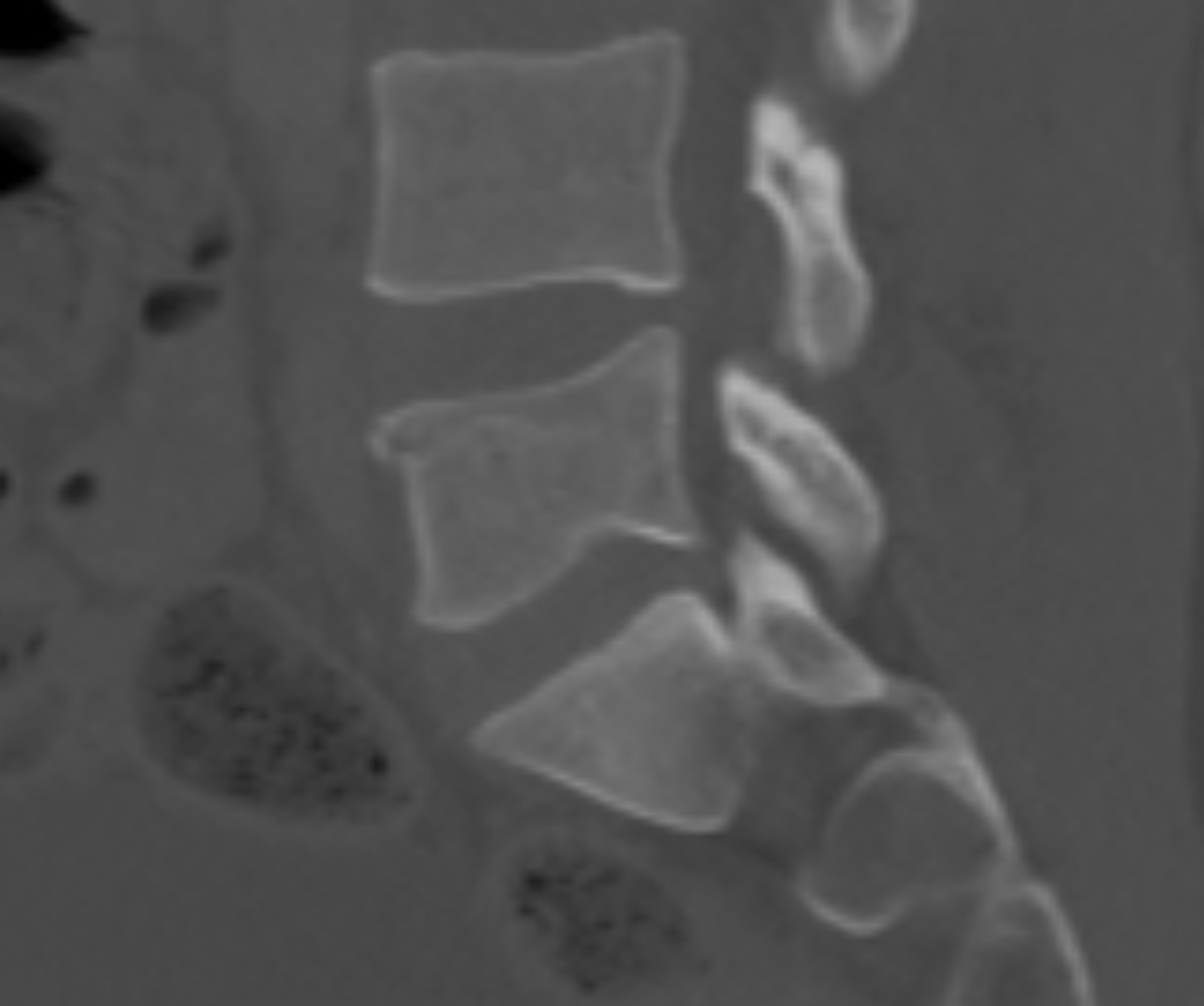
Wedge (Compression) Fracture
Burst Fracture
- Fracture of the Anterior and Middle Columns
- May Have Retropulsion into the Spinal Canal
- Cause: Compressive Forces
- Typically Occur from T10-L2 Due to the Fulcrum at the Thoracolumbar Junction
- Dennis Classification:
- Type A: Fracture of Both Superior and Inferior End-Plates
- Type B: Fracture of the Superior End-Plate Only
- Type C: Fracture of the Inferior End-Plate Only
- Type D: Burst Rotation
- Type E: Burst Lateral Flexion
- Generally Unstable
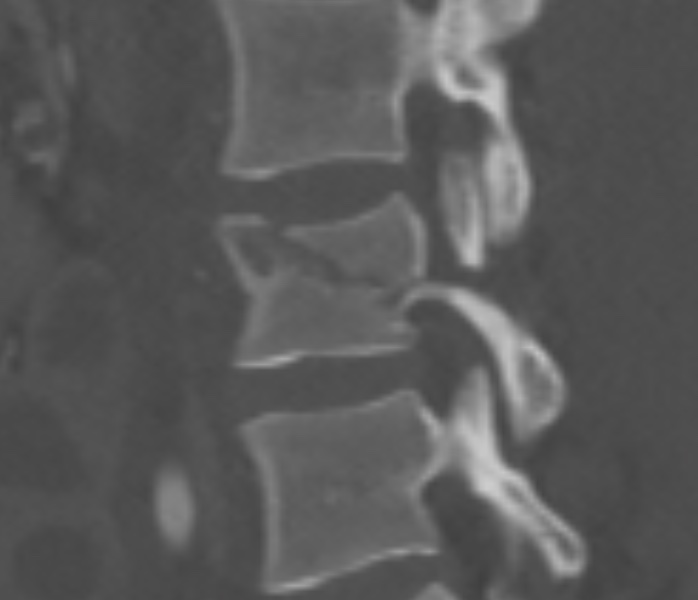
Burst Fracture
Chance “Seat Belt” Fracture
- Fracture Pattern:
- Anterior and Middle Column Fractures
- Tear in the Posterior Ligament
- Auricular Process Fracture
- Cause: Flexion-Distraction Injuries
- Most Common Cause: Seatbelts (Particularly Lap Belts with No Shoulder Component)
- Generally Unstable
- Strongly Associated with Intra-Abdominal Injury (50%)
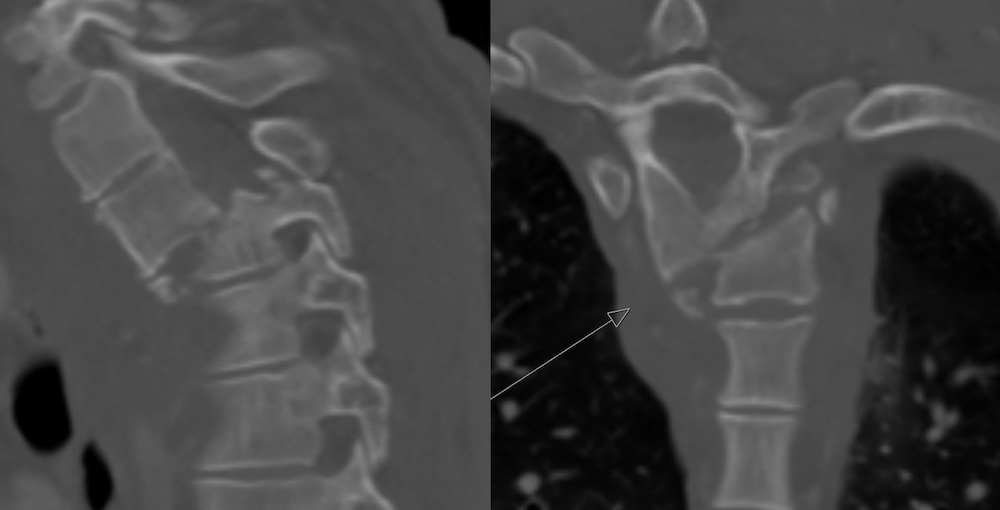
Chance Fracture
Transverse Process (TP) Fracture
- Fracture of the Transverse Process
- Stable
Spinous Process (SP) Fracture
- Fracture of the Spinous Process
- Stable
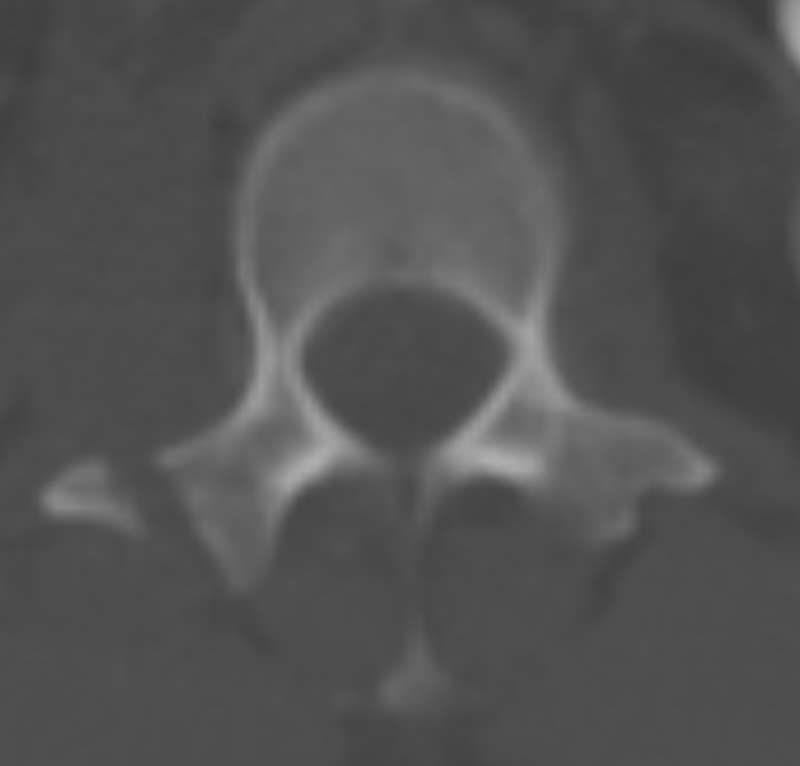
Transverse Process Fracture
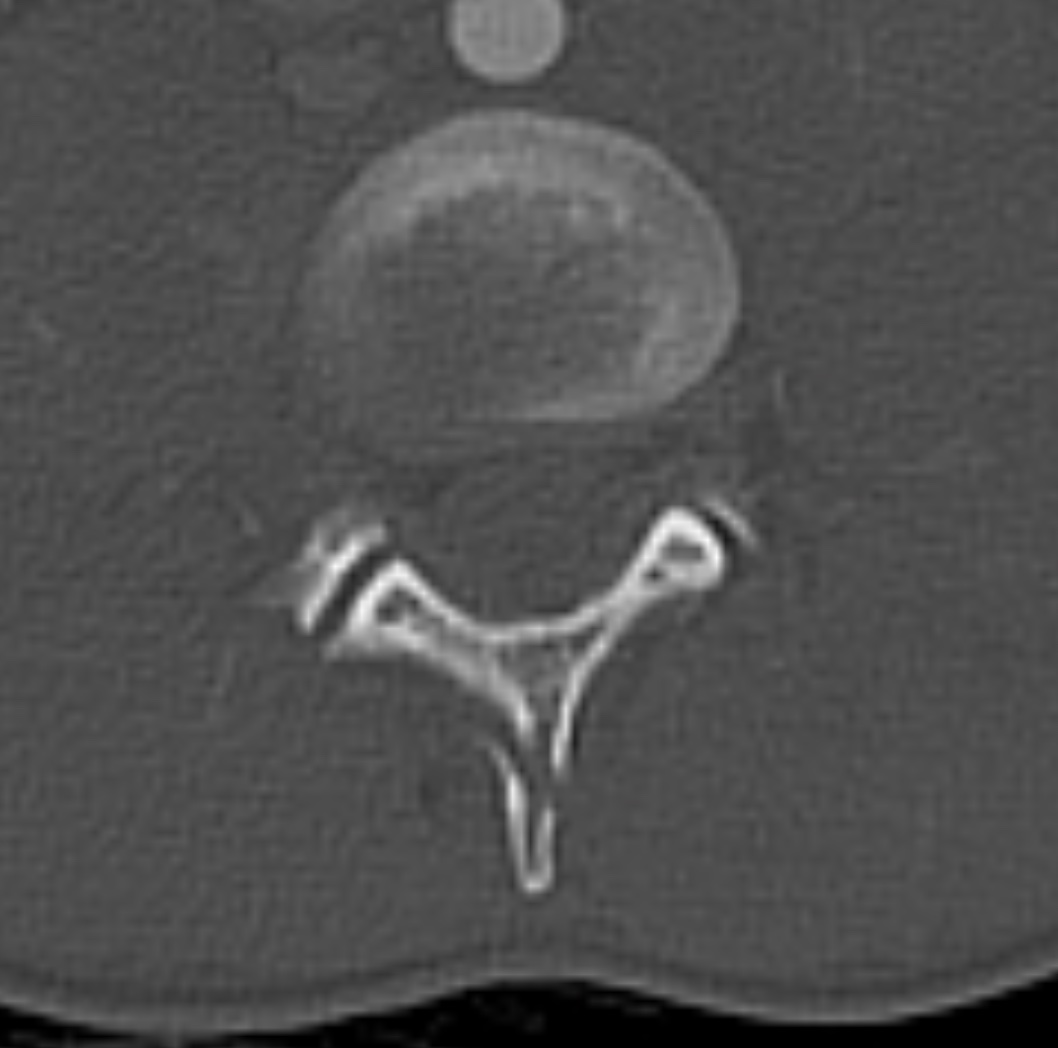
Spinous Process Fracture
Treatment
Stability is Based on the Middle Column and Posterior Ligament Complex
Signs of Instability
- 50% Loss of Height
- 30° of Angulation
- Multiple Levels Involved
Emergent Surgical Decompression Indications
- Open Fractures
- Not Reducible
- Cord Compression
- Worsening Neurologic Dysfunction
Definitive Management
- Compression (Wedge) Fracture: Bracing to Inhibit Flexion
- May Require Surgical Stabilization if the PLL is Disrupted
- Burst Fracture: Surgical Stabilization
- May Consider Nonoperative Bracing if Neurologically Intact with Preserved Posterior Ligamentous Complex, Kyphosis < 30° and Height Loss < 50%
- Chance Fracture: Surgical Stabilization
- Order of Repair: Exploratory Laparotomy (If Indicated) Before Operative Spinal Stabilization
- May Consider Nonoperative Bracing if Neurologically Intact with Preserved Posterior Ligamentous Complex
- Transverse Process Fracture: Nonoperative Management with Pain Management
- Spinous Process Fracture: Nonoperative Management with Pain Management
Bracing
- Cervical-Thoracic-Lumbar-Sacral Orthosis (CTLSO) Brace – For High Thoracic Fractures (Above T6)
- Thoracic-Lumbar-Sacral Orthosis (TLSO) Brace – For Fractures T6 or Below and Above L3-L4
- Lumbar-Sacral Orthosis (LSO) Brace – Only for Lower Lumbar Fractures (L3-L5)
